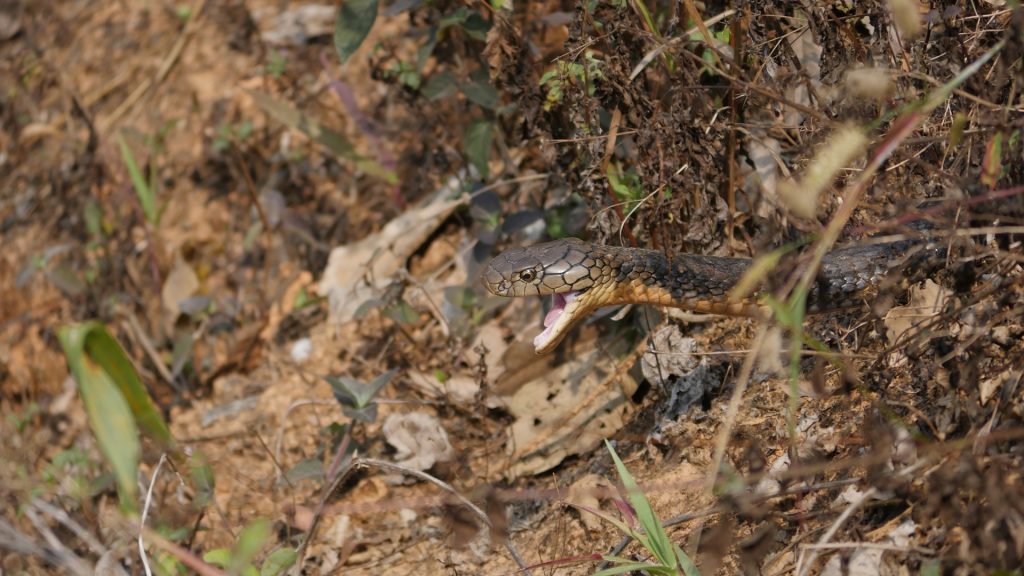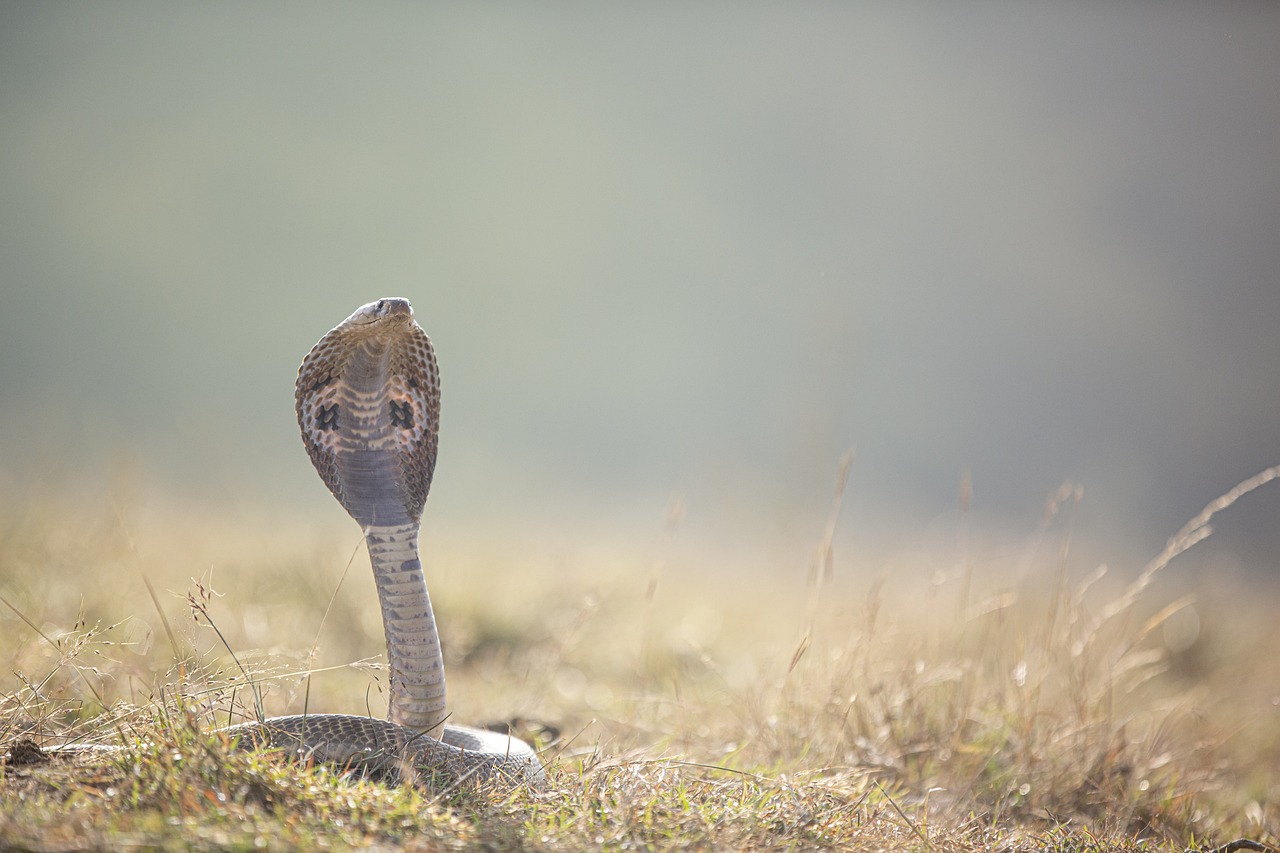
In several regions of the world, including Nepal and India, snakebites constitute an alarming health danger as these countries are home to a variety of lethal snake species. Envenomation from snakebites in Nepal continues to be a major threat to public safety.
Every year, around 2 million people are bitten by snakes whereas over 100,000 people are killed. A lack of knowledge, safety, first aid and medication against snakebites are major factors behind this disaster. Snakebite envenoming is considered one of the neglected tropical diseases, which needs stronger epidemiological evidence in endemic countries, such as Nepal and India.
The World Health Organization has estimated that about 20,000 persons suffer from snakebites in Nepal every year, resulting in more than 1,000 deaths. While talking about individual hospitals, Rapti Provincial Hospital, Tulsipur, Dang reported 143 snakebite cases in 2022, affecting 68 males and 75 females. Among them, 133 patients were cured and 10 were referred to higher-level healthcare centres for further consultation, evaluation and management, marking zero deaths and leaving against medical advice (LAMA).
Overall, snakebites in Nepal are a serious health concern that requires precise understanding, prompt diagnosis and effective treatment, which makes it a medical emergency. So here are the basics you need to know.
Snakebites and effects
There is a wide variety of venomous snake species in tropical countries like Nepal and India. The cobra (Naja naja), common krait (Bungarus caeruleus), Russell’s viper (Daboia russelii), and saw-scaled viper (Echis carinatus) are popular snakes involved in lethal snakebites in Nepal.

Each of these species’ venoms has distinctive features that result in unique clinical signs and symptoms. The severity of the symptoms of snakebite varies on the basis of the species, the strength of the venom, the quantity of venom administered and individual traits.
Snakebite is a medical emergency. Rapid clinical assessment and resuscitation using the ABCDE (airway, breathing, circulation, disability of the nervous system, exposure and environmental control) approach should be initiated as fast as possible. Some common signs and symptoms of snakebites are given below:
Local effects
- Pain, swelling and redness at the bite site
- Fang marks or puncture wounds
- Ecchymosis (bruising) and blistering
Systemic effects
- Neurotoxicity: Weakness, ptosis (drooping eyelids), diplopia (double vision), difficulty speaking or swallowing, muscle paralysis
- Hemotoxicity: Bleeding manifestations, such as gum bleeding, nosebleeds, hematuria, or hematemesis
- Cardiovascular effects: Hypotension, tachycardia, cardiac arrhythmias
- Renal failure: Decreased urine output or hemoglobinuria
Snakebites in Nepal have many factors that contribute to the fatal results. Hence, it is crucial to understand the symptoms in order to take immediate action. The right treatment of snakebites requires a prompt and precise diagnosis. A thorough history and detailed examinations are crucial, but in addition to this, the diagnostic tests listed below may help to confirm the snakebite envenomation and treat it in a better way.
Snake identification

The snake or its species can be identified based on its physical characteristics or photographs. As the venom of different snake species has different systemic effects on human bodies, the identification of snakes can help medical professionals to choose the specific treatment strategies effective for the particular venom.
So, the following laboratory investigations can be done to identify the species of snakes:
- Complete blood count (CBC) to assess for leukocytosis, thrombocytopenia, or evidence of hemolysis
- Coagulation profile (prothrombin time (PT), activated partial thromboplastin time, international normalisation ratio (INR), bleeding time (BT), 20-minute whole blood clotting test (20WBCT) and clotting time) to evaluate for coagulopathy
- Serum creatinine and urine analysis to assess kidney function.
Treatment of snakebites
A multidisciplinary approach is required to manage snakebites, and prompt medical treatment is essential. The following measures should be taken into account during the treatment of snakebite patients.
First aid
- Ensure the patient’s safety. Ensure that most of the suspected snakebites are caused by nonvenomous snakes, and even if it is venomous snakes, the condition is treatable.
- Make the patient still and calm to slow the spread of venom.
- Remove rings and watch before swelling starts.
- Immobilise the bitten limb and keep it at the level of the heart.
- Cleanse the wound with soap and water.
- Cover the bite with a clean, dry dressing.
- Apply a pressure immobilisation bandage (PIB) if the snake is venomous and transport the patient to a healthcare facility as soon as possible.

Medical treatment
- Antivenom: Administering specific antivenom is the cornerstone of snakebite treatment. The choice of antivenom by a doctor depends on the snake species.
- Analgesics: Provide pain relief with non-opioid analgesics, considering individual contraindications or allergies.
- Supportive care: Management of the complications such as respiratory distress, bleeding, or renal failure with appropriate interventions.
- Tetanus prophylaxis: Administration of tetanus toxoid if necessary.
Things to avoid
Certain local practices have no medical benefits when someone is bitten by a snake, yet they are very popular among people in rural areas. Things that should be avoided are as follows:
- The tight arterial tourniquet must never be recommended to patients of snakebites as it may lead to gangrene, necrosis and loss of the limb. It may also provide patients a false sense of security leading to delays in seeking hospital care, resulting in delayed treatment and death.
- If it is already done, it should be released only in hospitals under medical care and facilities for resuscitation. Treatment should be started before the release of such tight tourniquets.
- The practices such as cutting and sucking of the bite site, application of snake stone (jharmauro), application of electric current, and application of various chemicals and cow dung should be discouraged.
To spread knowledge about snakebites, the Nepal government should enhance the availability of healthcare centres and implement efficient preventive strategies. Healthcare professionals, local communities and the government must work together side by side.
A comprehensive approach can significantly decrease the incidence and effects of snakebite envenomation, improving the medical conditions of the patients.


























